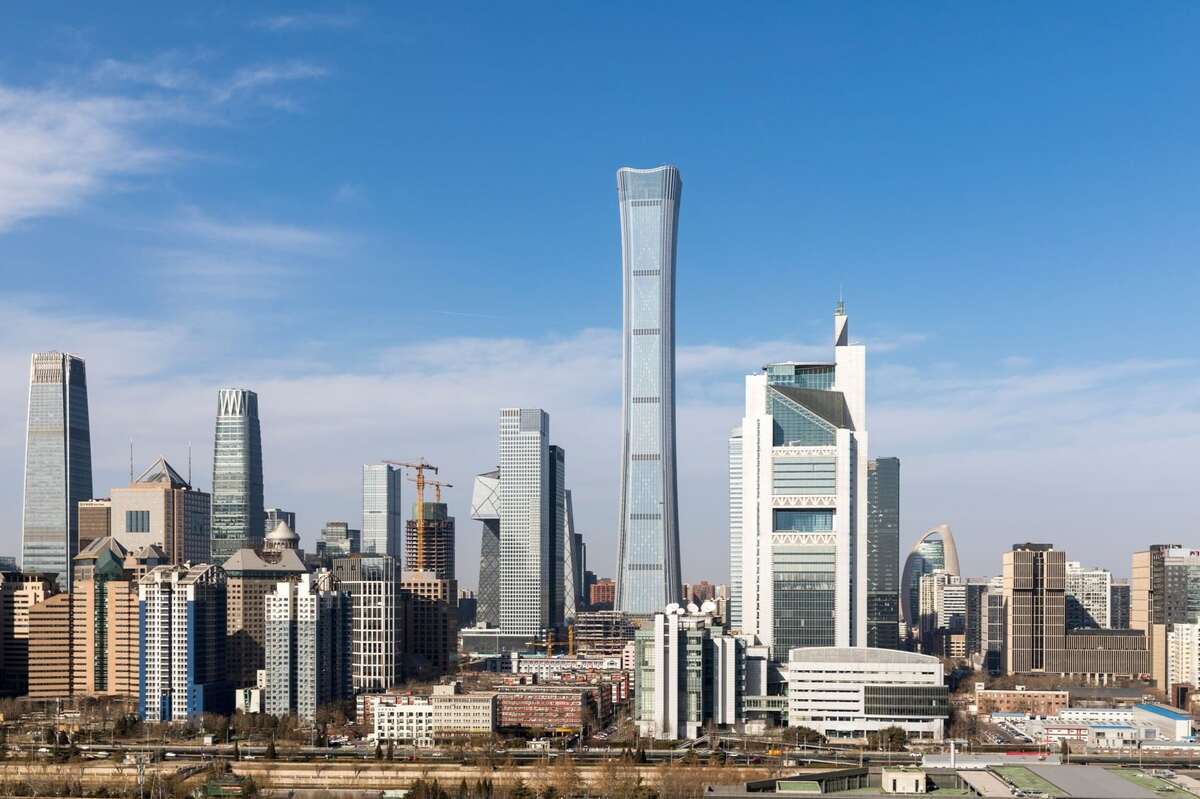The value of China’s privately offered funds reached 19.64 trillion yuan ($2.76 trillion) at the close of September, according to industry data. A breakdown indicates that equity investment funds, totaling 10.89 trillion yuan, represent the largest segment, followed by securities investment funds and venture capital funds, as reported by the Asset Management Association of China. By the end of last month, the total number of registered privately offered funds had climbed to 147,566, Xinhua reported, citing association figures. Established in 2012, the association serves as a self-regulatory body for China’s mutual fund sector.
Growth in international trade
In terms of international trade, China’s goods and services reached a total value of 4.18 trillion yuan ($585.2 billion) in August, marking a 4 percent rise compared to the same month the previous year, according to official statistics. In U.S. dollar terms, exports amounted to $322.4 billion, while imports stood at $263.5 billion, resulting in a surplus of $58.9 billion, as detailed by the State Administration of Foreign Exchange.
Xinhua’s data reveals that the export value for goods was approximately 2.07 trillion yuan, while imports totaled around 1.5 trillion yuan, resulting in a surplus of 572.4 billion yuan.
Industrial output trends
China’s industrial output continued its steady ascent in August, buoyed by emerging growth sectors and strong export performance. According to data released by the National Bureau of Statistics (NBS), the country’s value-added industrial output—a vital economic indicator—rose by 4.5 percent year-on-year in August. Month-on-month, industrial output increased by 0.32 percent compared to July.
Foreign exchange reserves
As of the end of August, China’s foreign exchange reserves reached $3.2882 trillion, reflecting an increase of $31.8 billion, or 0.98 percent, from the end of July, according to recent official data. The State Administration of Foreign Exchange noted, as reported by Xinhua News Agency, that China’s reserves have consistently remained above $3.2 trillion for nine consecutive months.
Recent monetary policy changes
Last week, China reduced its benchmark lending rates by 25 basis points, following previous cuts to other policy rates last month as part of a broader stimulus initiative aimed at revitalizing the economy. The People’s Bank of China (PBOC) announced a decrease in the one-year loan prime rate (LPR) to 3.1 percent and the five-year LPR to 3.6 percent, marking the central bank’s last adjustment in lending rates back in July.
For more economy news, click here.




